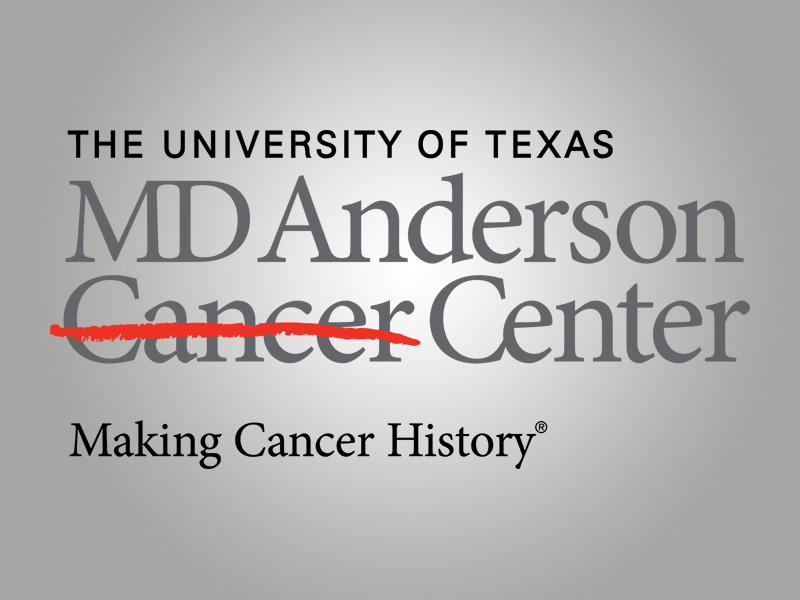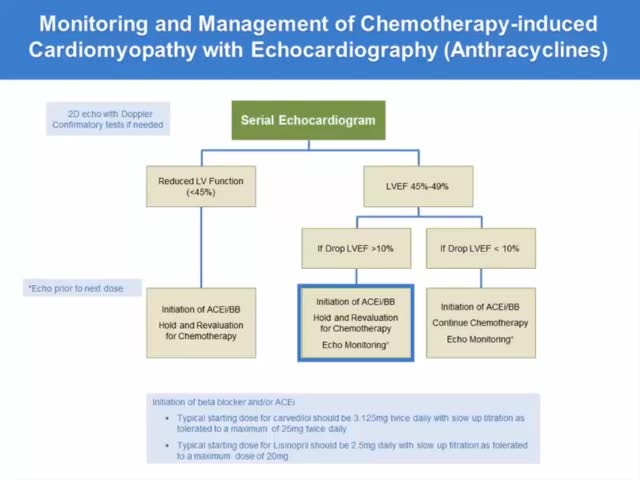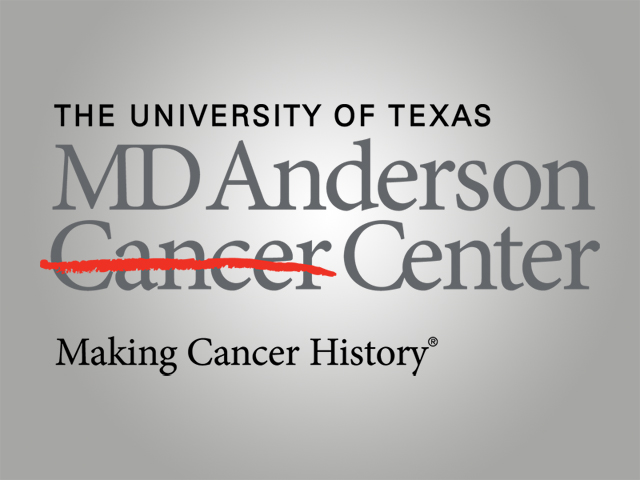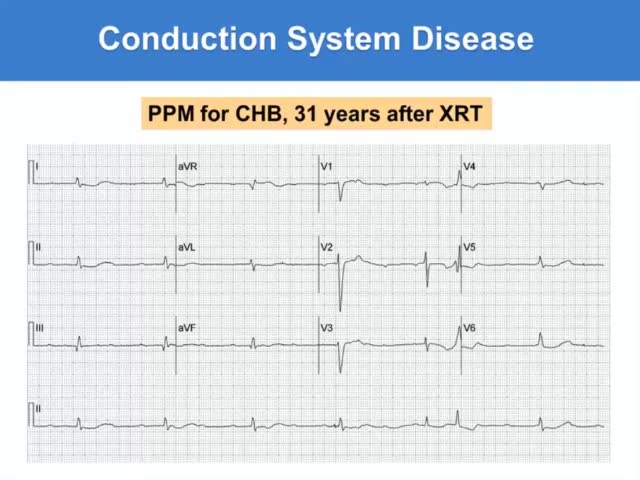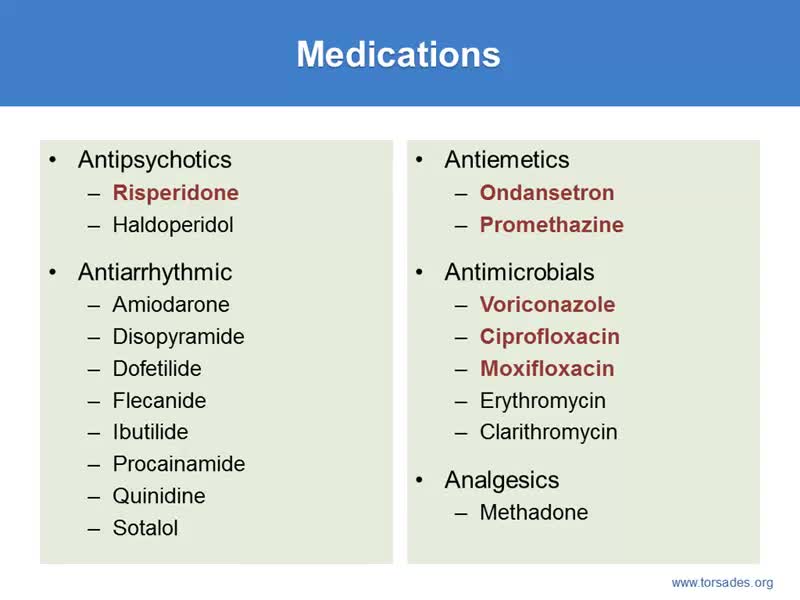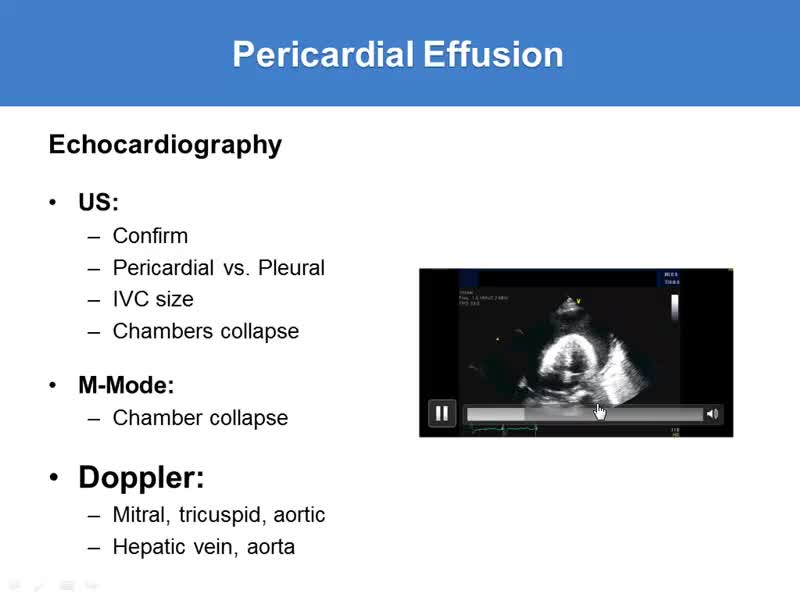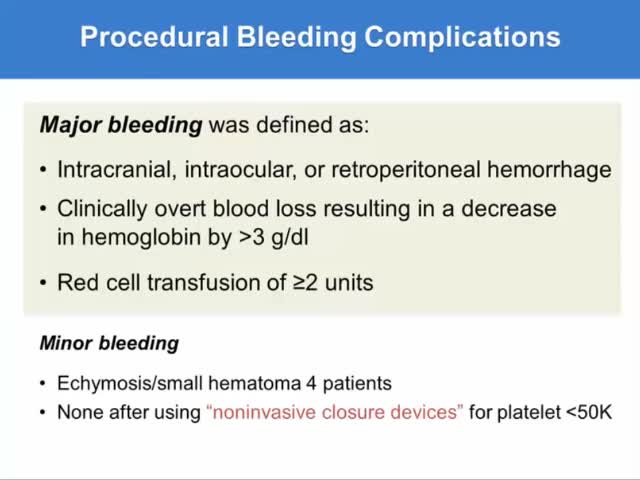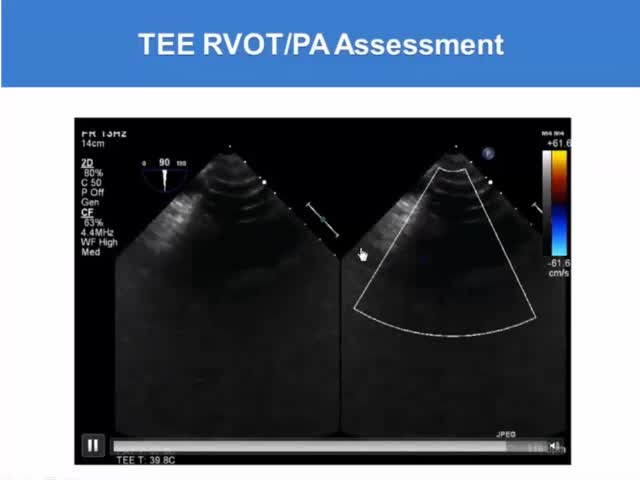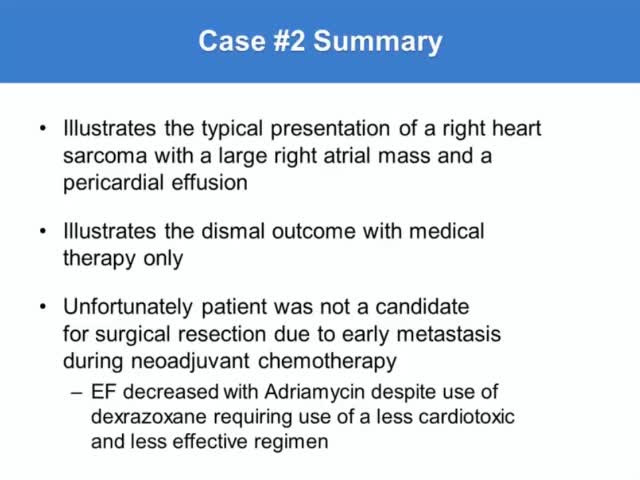LV Function Assessment Part 1
Clinical Research
The mission of the Cardiology clinical research team is to eliminate cardiac complications arising from cancer treatment and to provide optimal management of pre-existing heart disease to ensure proper delivery of the most effective cancer treatment available.
Some of the clinical research projects include:
Risk Factors and Mechanisms of Radiation-Induced Cardiovascular Disease (Multidisciplinary Research Program, MD Anderson)
Co-Principal Investigators: Anita Deswal, M.D., M.P.H & Steven Lin, M.D., Ph.D.
The long-term goal of this clinical research study is to substantially reduce the risk of RICVD by being able to individualize specific therapeutic interventions to help prevent or reverse the pathophysiologic mechanisms that contribute to RICVD.
TrAstuzumab Cardiomyopathy Therapeutic Intervention with Carvedilol (TACTIC) Trial (NIH, Mayo Clinic)
Subcontract Principal Investigator: Anita Deswal, M.D., M.P.H.
The goal of this clinical research trial is to evaluate different strategies of cardiovascular therapy with carvedilol, aiming to reduce the incidence of left ventricular function decline and heart failure in patients undergoing curative intent HER2-directed therapy for breast cancer.
TELEHEART: Telotristat Ethyl in a Heart Biomarker Study (Sponsored Trial)
Principal Investigator: Saamir Hassan, M.D.
The goal of this clinical trial is to examine the benefit of telotristat ethyl in carcinoid heart disease.
Radiofrequency-Based µCOr Thoracic Fluid MEasurements During Active LEukemia Treatment [COMED ALE Registry] (Sponsored Study)
Principal Investigator: Cezar Iliescu, M.D.
The goal of this clinical research study is to evaluate the tolerability and usability of device (µCOr) in leukemia patients.
Cancer Prevention Research Institute of Texas (CPRIT) Early Clinical Investigator Award
Andrew Sabin Family Foundation Fellowship Award
Principal Investigator: Nicolas Palaskas, M.D.
Mentor: Anita Deswal, M.D., M.P.H.
The goal of this research program is to understand the pathology, risk factors, clinical presentation, diagnostic and management strategies for immune checkpoint inhibitor myocarditis.
Cancer Prevention Research Institute of Texas (CPRIT) Early Clinical Investigator Award
Andrew Sabin Family Foundation Fellowship Award
Principal Investigator: Nicolas Palaskas, M.D.
Mentor: Anita Deswal, M.D., M.P.H.
The goal of this research program is to understand the pathology, risk factors, clinical presentation, diagnostic and management strategies for immune checkpoint inhibitor myocarditis.

